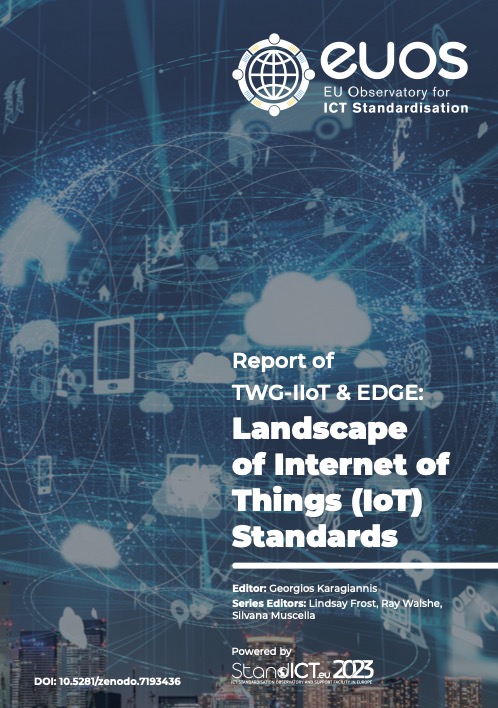The Internet of Things (IoT) as a concept has been initiated more than two decades ago. IoT can be considered to be a system that interconnects heterogeneous technologies supporting our daily needs impacting on a large scale our lives as well as the way we do business, locally and globally.
IoT systems and IoT applications have been implemented and deployed in almost all vertical industry domains, such as Health, Industry & Manufacturing, Agriculture, Finance, Mobility, Energy, Public safety, Buildings and Cities.
Successful deployment of IoT technologies and IoT applications demands standards and protocols. The development and promotion of these standards and protocols is a cooperative undertaking between governments, academia, industry and the public interest.
This depends largely on the work and activities accomplished in SDOs (Standards Development Organizations), Alliances and OSS (Open-Source Software) initiatives. Currently, there are many SDOs, Alliances and OSS initiatives that are active and competing in the IoT technology and applications areas. In this context, the IoT landscape is considered to be complex, dynamic and challenging to grasp and visualize.
The goal of this report is to capture the landscape of IoT activities and IoT documents/specifications published and/or under publication by SDOs, Alliances and OSS Initiatives.
In order to realize this goal, this report has used the methodology and process defined by EUOS StandICT.eu in the “Landscape of AI Standards” report of TWG AI (Technical Working Group of Artificial Intelligence). In particular, representatives from several SDOs, Alliances, OSS Initiatives and academic institutions have created an open-access database of IoT related specifications and documents, such as architectures, requirements, technical reports, reviews, white papers, guidelines, etc. in a way that encourages future extensions, re-use, cross-comparisons and re-classification according to various needs. Applying the EUOS StandICT.eu aforementioned methodology and process, the TWG IoT and Edge team members who collated this report, made the collected disparate outcomes from across the global community, readable and accessible, and at the same time provided the possibility to make dynamic extensions of these collected outcomes in the future.
StandICT.eu and the team of TWG IoT and Edge thank the European Commission for supporting this work and invite experts to join us in expanding the coverage of the IoT related database behind this report, and use it to compare standards, improve them, and make their work more effective.
Georgios Karagiannis
